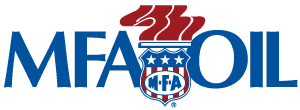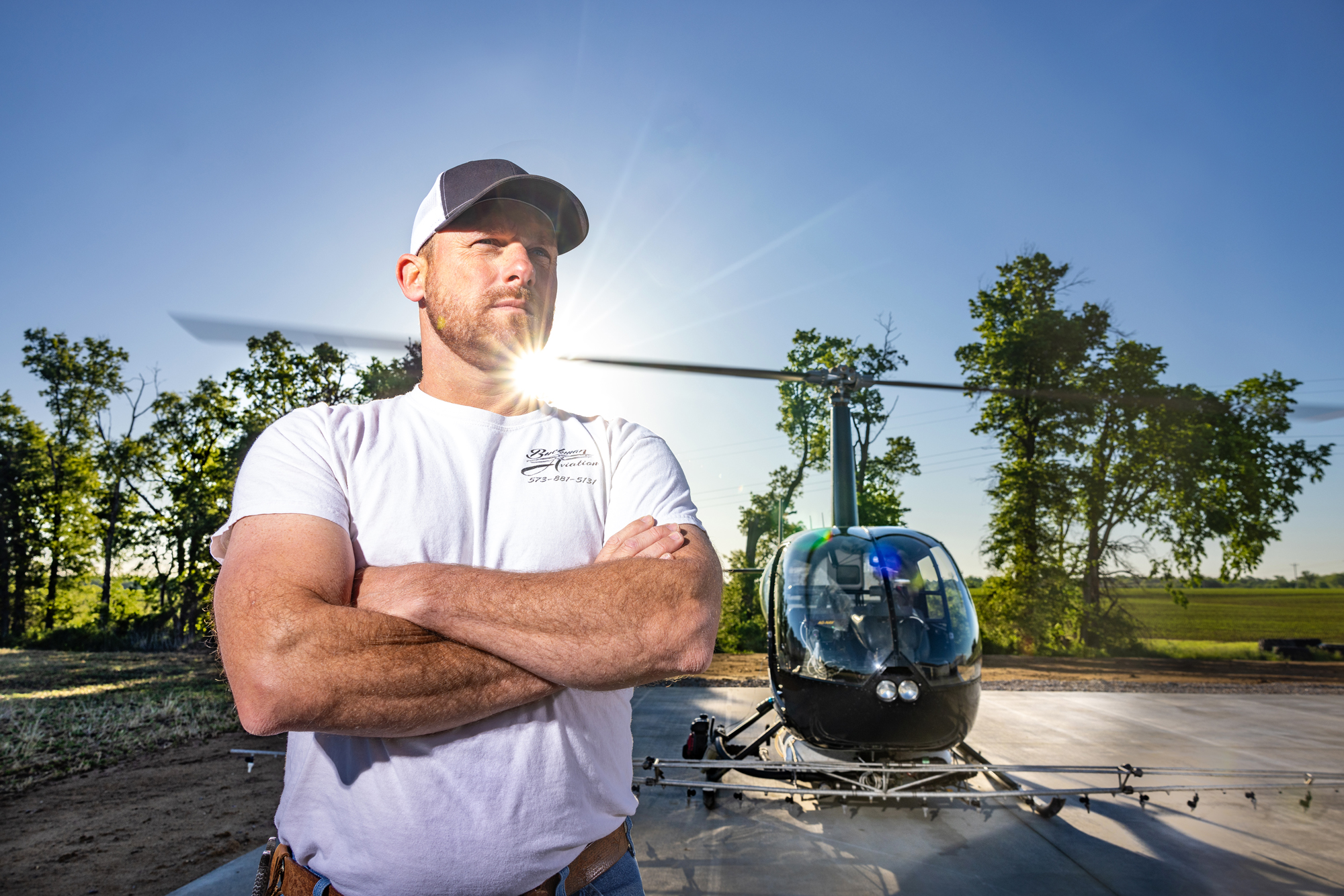
Help From Above
June 21, 2024
Written By Adam Buckallew
Buckman Aviation LLC Elevates Farmers Yield Potential with Spraying Solutions
Jay Buckman had a fungal problem in his fields in the summer of 2015, and he knew he needed to act fast to limit the damage. Buckman hired an aerial applicator to spray his crops with a foliar fungicide that would eliminate the yield-robbing pest. The plan was solid, but the pilot abandoned the job, leaving Buckman’s corn and soybeans at risk.
In a pinch, Buckman contacted a Texas helicopter pilot he heard was spraying for other farmers in central Missouri. The Texan agreed to help and sprayed Buckman’s fields near Hallsville, Mo.
Watching the helicopter pilot gracefully maneuver over the green sea of crops captivated Buckman.
“Not long after that experience, I started thinking of buying a helicopter,” he recalled. “I saw there was a better way to spray.”
The fateful turn of events inspired the creation of Buckman Aviation LLC.
Taking Flight
Within a year of marveling at the precision and efficiency of agricultural spraying by helicopter, Buckman began training for his pilot’s license. In March 2017, he obtained his private rating, and the same day, he bought a Robinson R44 helicopter in Cape Girardeau, Mo., and flew it home to Hallsville.
While Buckman continued to farm and work toward earning a commercial license, he hired a pilot, Skip Elkin, to help get his business idea off the ground. Elkin handled the first year’s commercial spraying services while training Buckman to take over the flying.
In 2019, Buckman earned his commercial certificate and began piloting spray flights. By 2023, Buckman Aviation has grown to spray 143,000 acres in the most recent crop year. As demand for aerial applicators grows, Buckman has expanded his operations with two additional helicopter purchases. He’s brought in a team of contractors—three pilots, three truck drivers who also serve as mixers, and a mechanic—to keep up with client requests.
This year, Buckman plans to delegate some flying duties to another pilot, allowing him to focus more on managing the business. Given its expanding scope and scale, this shift to a more hands-on operational role is essential for the company’s growth. Juggling crew management and booking spray contracts, Buckman’s phone is constantly abuzz, with him logging around 10,000 minutes of conversations each month. Flying less often will allow Buckman to handle logistics, take calls promptly and ensure smooth operations.
Every spraying operation involves a two-person team: a pilot and a support person. The support person’s role includes driving the truck, mixing chemicals and loading the helicopter. Helicopters are usually equipped to cover approximately 50-55 acres per load, each taking around five minutes to spray.
The spraying season is relatively short but intense. Buckman and his team spray winter wheat fields in the spring, but the hectic season begins in July and runs through August. During the dog days of summer, Buckman’s crews often work from six in the morning to nine or ten at night.
Dustin Reese serves as Buckman’s helicopter mechanic. His responsibilities include handling all in-season maintenance tasks. During the peak season, Reese performs about one, 100-hour inspection per week on Buckman’s helicopters. Working diligently overnight, Reese meticulously inspects the choppers, aiming to minimize downtime and ensure the pilots can swiftly return to the skies without delay the next day.
The 100-hour inspection, spanning 25 pages, is crucial to maintaining the aircraft’s compliance and airworthiness. With numerous inspections mandated to keep the helicopters up to standard, Reese’s expertise and dedication are pivotal in ensuring the fleet remains operational, and the pilots come home safely.
“It’s a 60-day grind for all of us,” Buckman said. “It’s physically and mentally taxing. We all have our limits, and I talk with my crew to ensure they are getting rest.”
Maintaining focus and diligence in the air is crucial. Anything less can prove catastrophic. An industry saying speaks to the risks: There are old pilots, and there are bold pilots, but there are no old, bold pilots.
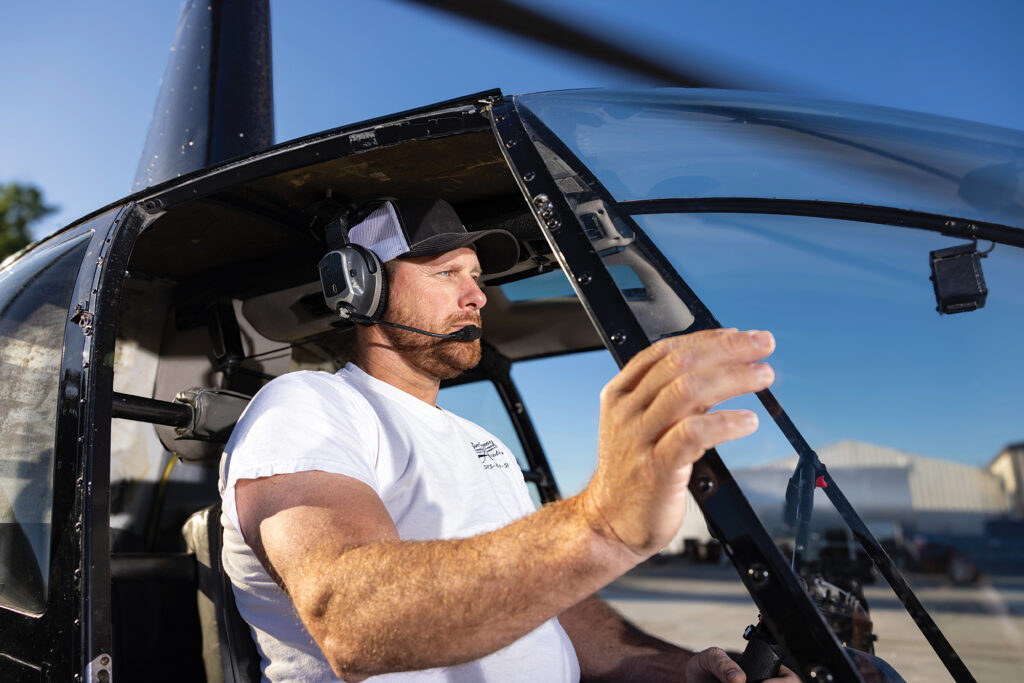
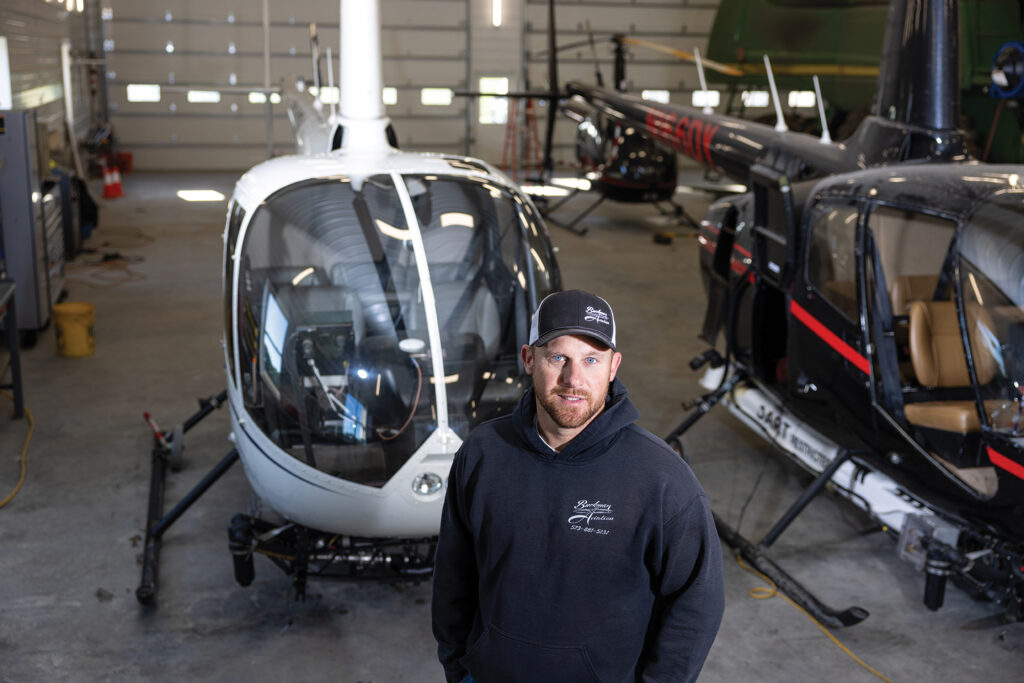
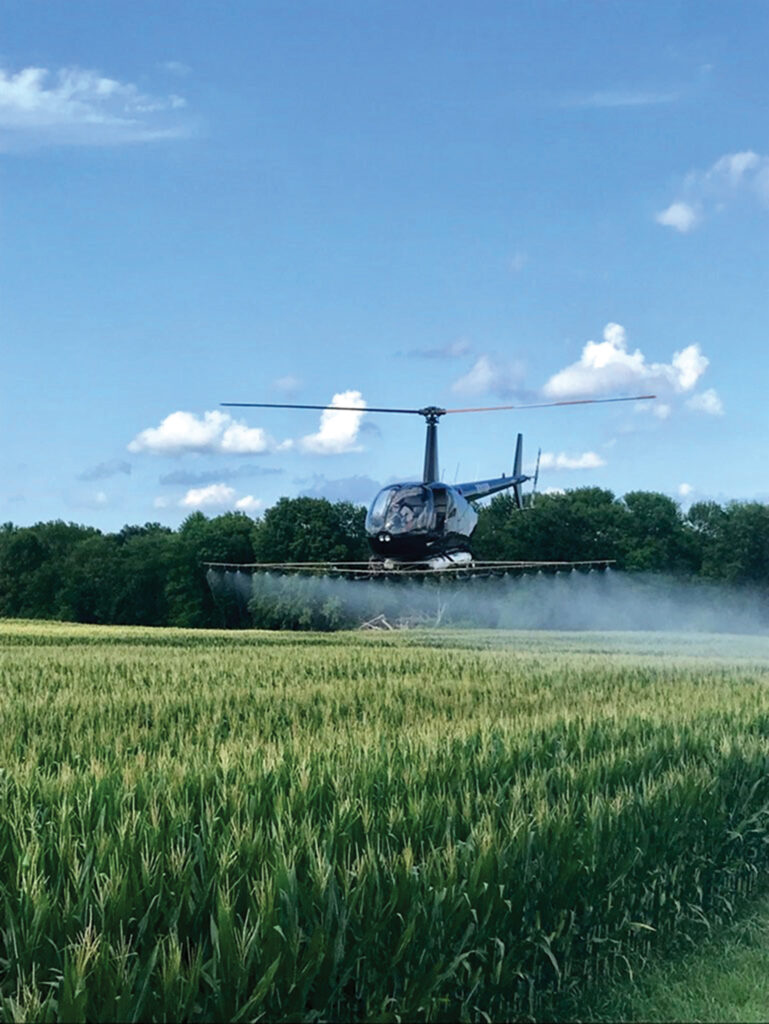
Farmer Perspective
In addition to running his spraying business, Buckman farms 3,200 acres of corn and soybeans in the Boone County area. All fertilizer and chemical applications on the farm—by air or ground—are done in-house. Buckman has embraced modern practices such as variable rate applications, grid sampling and technology integration.
Buckman’s experience and understanding of farming are key selling points when talking to prospective clients.
“I have a unique perspective and understanding because most sprayers aren’t farmers; they’re just pilots,” he said. “With my farming background, I know what needs to be done and what a farmer expects. My agricultural experience allows me to offer valuable insights to my clients. Unlike other applicators, I may not always agree that spraying makes sense.”
Delivering Results
Buckman rigorously tests all his services on his farm, verifying that the results demonstrate a return on investment and sustainability, ultimately boosting yield and profitability. Seeing the success on his farm drives Buckman to extend his expertise to other farmers.
“We’ve done side-by-side tests with farmers, where they spray a portion of the field with their ground rig equipment, and we spray a portion with the helicopter,” Buckman said. “The helicopter’s results are always better.”
Buckman has won over several farmers who doubted aerial spraying would provide a return on investment.
“There’s a farmer in Sedalia who always swore that it wouldn’t pay to fly his beans,” Buckman said. “One day, I saw him spraying with his ground rig and asked him to give me an honest shot. I offered to spray a portion of his field and asked him to let me know how things turned out. He called me later from the combine and said, ‘I don’t know how you did it, but these beans you sprayed are yielding 7 bushels higher than the ones I sprayed.’ Results like that pay for the price of an aerial application pretty quickly.”
Buckman’s standard spraying rate is $14.50 per acre for two-gallon mixes of fungicide and water. The price goes up if fertilizer or insecticide is added to the mix. Farmers must provide their own chemicals.
Growing Demand
While fungicides don’t increase yield, properly timed applications can protect the yield potential of crops threatened by fungal diseases.
The Missouri Soybean Merchandising Council has helped fund 43 Missouri foliar fungicide strip trials through the MU Certified Strip Trial Program since 2018. In those trials, Missouri soybean growers saw an additional 1.8 bushels of yield per acre over nontreated acres when applying fungicides at the R3 development stage. The increase was not unique to Missouri. Researchers in 240 small-plot trials in nine states and Ontario, Canada, reported 2.7 percent higher yields.
Recent advancements in fungicide products, such as multiple modes of action to control fungal damage, have significantly bolstered farmers’ interest in Buckman’s services. However, due to the condensed timeframe to spray crops with foliar fungicide applications, there’s often more demand than pilots available to spray.
Drones have the potential to help fill the gap. While drones offer benefits such as targeted spraying and access to hard-to reach areas, challenges such as payload capacity, flight time and manpower may limit their scalability. Buckman sees drones as a niche tool for small or irregularly shaped plots.
“On average, one guy with a drone can spray 80 to 120 acres daily if everything is going well and he’s moving at a good pace,” he said. “I can go out with two guys and spray 1,000-2,000 acres per day in a helicopter. So, it would take much more manpower and drones to match what we are doing. When the season hits, there’s not an army of people trained and ready to run a ton of drones.
“People ask me if I’m worried about competition from drones or planes, but we don’t have enough aircraft to meet the demand. There’s such a broad customer base that wants and needs these services—we can use all the aerial sprayers we can get.”
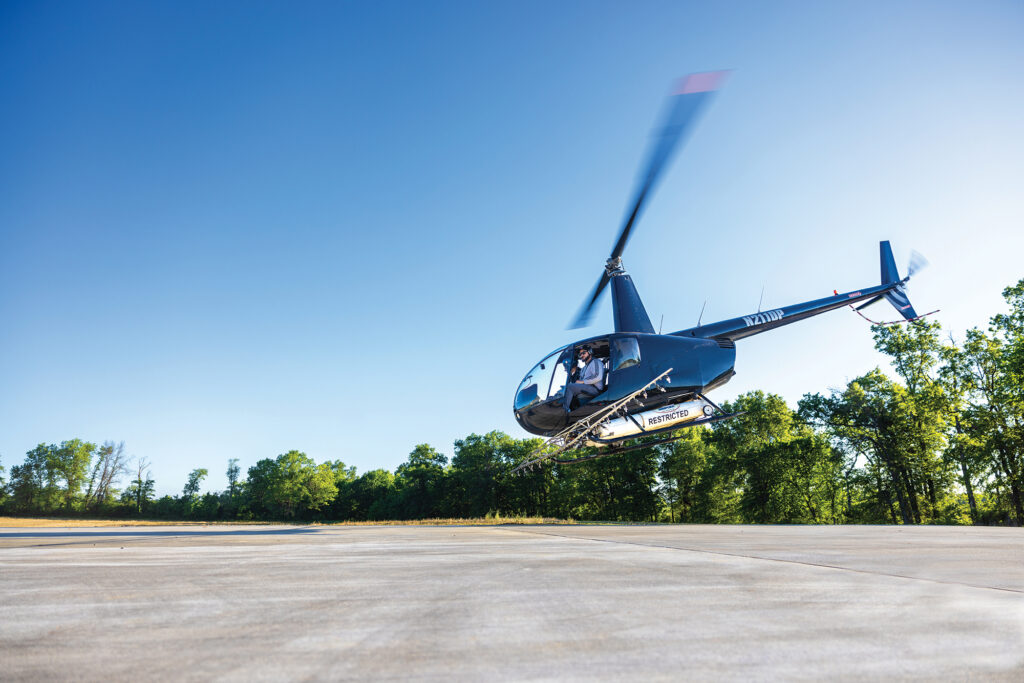
Photos by Casey Buckman


